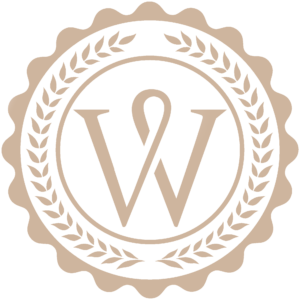The American dream, while universal in its appeal, has seen a multitude of shifts and evolutions over the years, particularly in the household's structure. This transformation is not merely architectural; it's foundational, altering how families interact, function, and perceive their roles within the unit. From the traditional family of yesteryears to the diverse structures of today, the American household's evolution is a fascinating tale of socio-economic and cultural adaptation.
A Glimpse into the Past
The post-World War II era epitomized the traditional American family. With the nation surging into an era of prosperity and a booming economy, the nuclear family became the predominant household model. This era saw the male head of the household typically serving as the primary breadwinner, while the female would usually take on the role of homemaker and caregiver.
Economic stability was relatively high, allowing most families to thrive on single incomes. The dream was straightforward: a suburban house, a white picket fence, two children, and a pet. Retirement meant savings, pensions from lifelong employment, and perhaps even a vacation home.
The Winds of Change
However, as the 70s and 80s dawned, socio-economic changes began reshaping households. The rise of dual-income families became more pronounced due to various reasons, including inflation, the feminist movement, and changing societal norms. With both parents working, childcare dynamics shifted, leading to increased reliance on daycares or grandparents.
The 90s and 2000s further exacerbated these changes with the advent of the internet and the tech boom. The traditional nine-to-five job saw challenges from telecommuting and flexible working hours. As household structures became more diverse, so did their economic strategies. The reliance on single company pensions began waning, replaced by diverse investment portfolios and IRAs.
Modern Dynamics
Today, the American household is a beautiful tapestry of diversity. We see single-parent households, multi-generational homes, child-free couples, cohabiting unmarried couples, and families with same-sex parents, among others. The very definition of 'family' has become inclusive and expansive.
Economically, households are adapting to the challenges of modern times. The 2008 recession changed perceptions of financial security. There's an increased emphasis on savings, investments, and multiple income streams. The gig economy and side hustles have become integral parts of many American households, offering both opportunities and challenges.
Retirement is no longer viewed as a mere end-of-life phase. It's seen as an opportunity for new ventures, travels, and learning. However, the rising costs of healthcare and the uncertainty of social security benefits mean that many are working beyond traditional retirement ages or seeking alternative income sources post-retirement.
The Impact of Income and Economic Components
Income disparities have also played a significant role in household evolution. The increasing wealth gap means different challenges and priorities for households across the economic spectrum. While affluent families might focus on wealth management, investments, and legacy planning, middle-class households often juggle mortgage payments, education expenses, and savings. Lower-income families might prioritize immediate needs and safety nets.
Economic components, from tax structures to employment benefits, have been crucial determinants in these shifts. For instance, the decline of manufacturing jobs, the rise of tech and service jobs, and the challenges of affordable healthcare have all deeply influenced household dynamics and priorities.
Looking Ahead
As we stand at the cusp of a new era, driven by technological advancements and a global perspective, the American household will continue to evolve. Virtual work, digital entrepreneurship, and AI might redefine job structures. Cultural amalgamation will further diversify family norms.
Yet, amidst these changes, the core essence of the American dream remains – the pursuit of happiness, prosperity, and a better life for the next generation. Through all its transformations, the American household stands as a testament to resilience, adaptability, and the undying spirit of hope.



